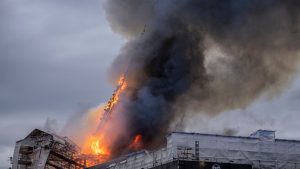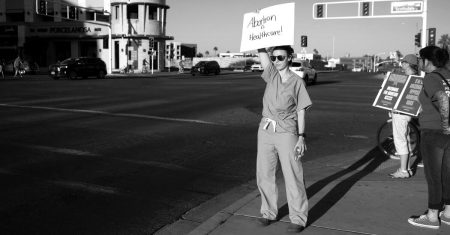Millions of spectators across North America eagerly awaited Monday’s total solar eclipse, despite forecasts for cloudy weather. The eclipse was set to be the biggest crowd ever, with the best weather expected in Vermont, Maine, and parts of Canada. The eclipse path included densely populated areas in Texas, offering over four minutes of midday darkness. Almost everyone in North America would experience at least a partial eclipse, weather permitting.
The uncertainty of cloud cover added to the drama of the eclipse, with viewers from around the world coming to watch the celestial event. The eclipse was due to last up to 4 minutes and 28 seconds, longer than the last U.S. coast-to-coast eclipse seven years ago due to the moon’s closer proximity to Earth. It will be another 21 years before a total solar eclipse of this scale will be seen in the U.S. The path of the eclipse stretches from Mazatlan, Mexico to Newfoundland in the North Atlantic, racing over 4,000 miles across the continent in just 1 hour and 40 minutes.
Proper eye protection, such as eclipse glasses and filters, is essential for viewing the eclipse to prevent damage to the eyes. The path of totality, approximately 115 miles wide, includes major cities such as Dallas, Indianapolis, Cleveland, Buffalo, New York, and Montreal. Millions of people live within the track, and with the addition of eclipse chasers, astronomers, scientists, and the curious, hotels, flights, and roads were all jammed with visitors.
Experts from NASA and universities were stationed along the eclipse route, ready to conduct research and experiments during the event. The International Space Station’s astronauts were also set to observe from 270 miles up. The Associated Press Health and Science Department is supported by the Howard Hughes Medical Institute’s Science and Educational Media Group, with the AP solely responsible for all content.
Overall, the total solar eclipse of 2000 would be a unique and memorable experience for millions of people across North America, despite potential cloudy weather forecasts. The anticipation and excitement surrounding the event drew in spectators from around the world to witness the celestial phenomenon. Proper eye protection was necessary to view the eclipse safely, with the path of totality crossing major cities and densely populated areas. Experts from NASA and universities were ready to study the eclipse and conduct experiments during the event, adding to the scientific significance of the occasion.















